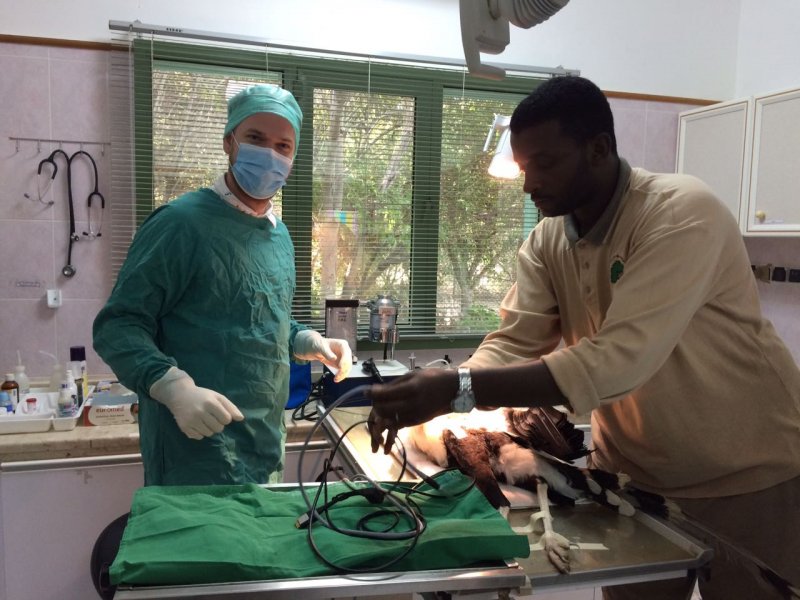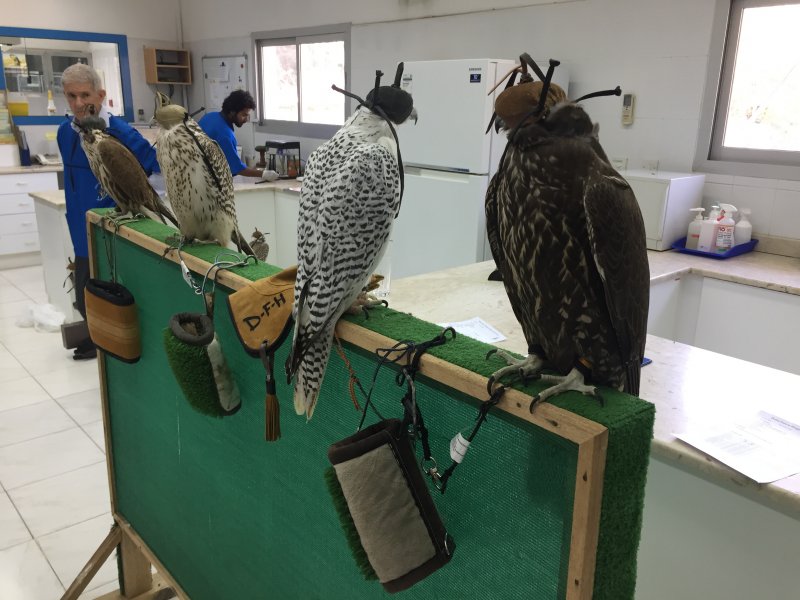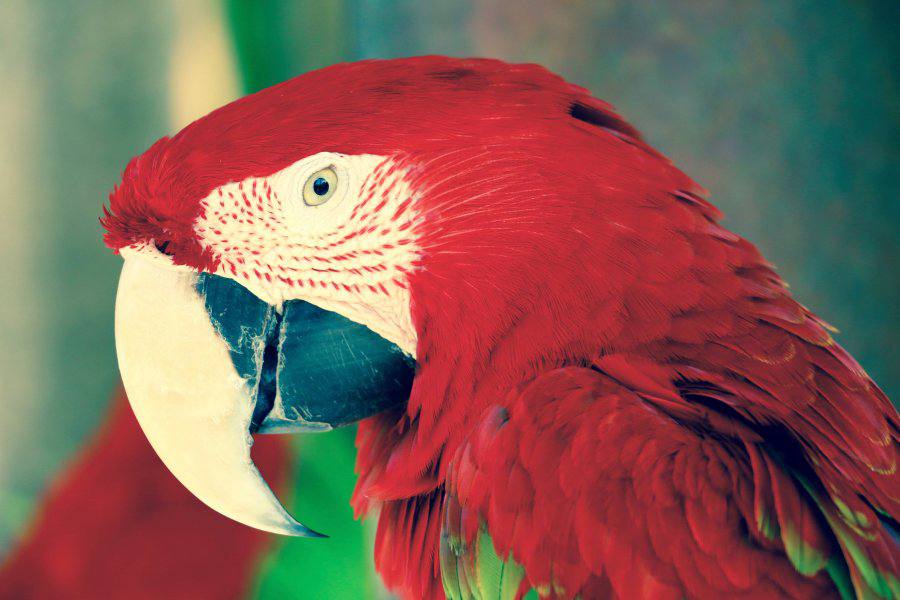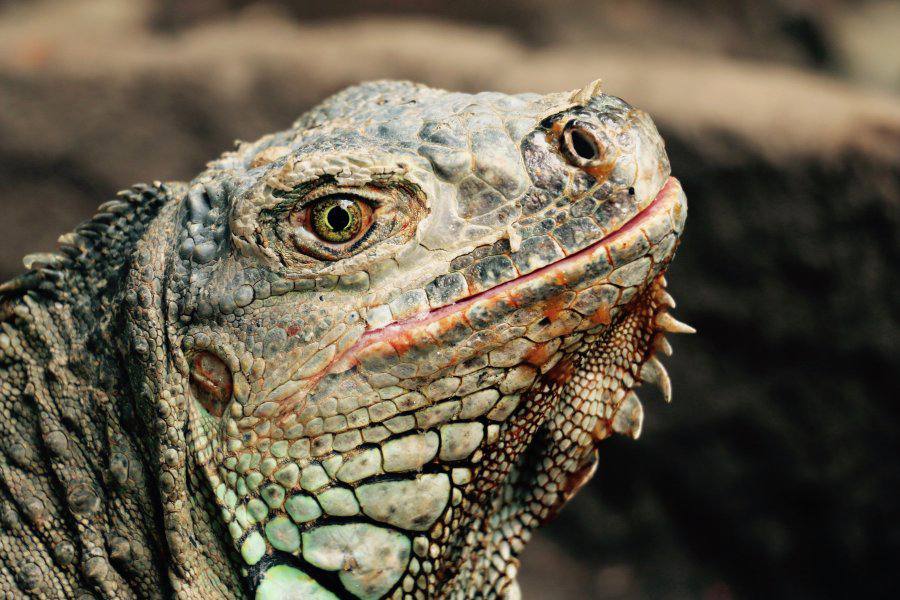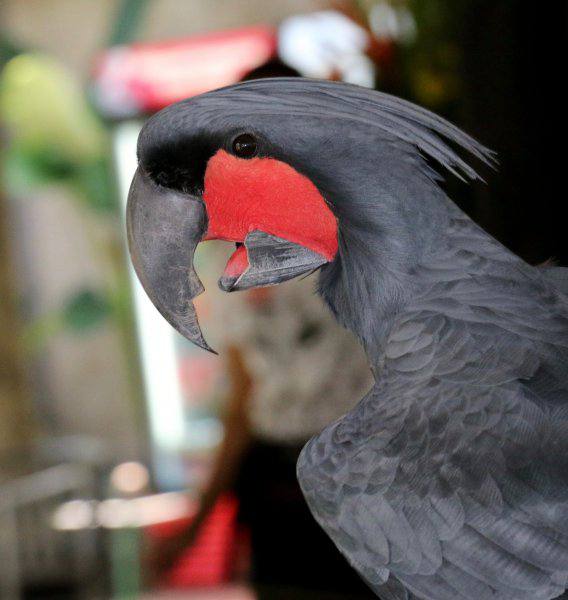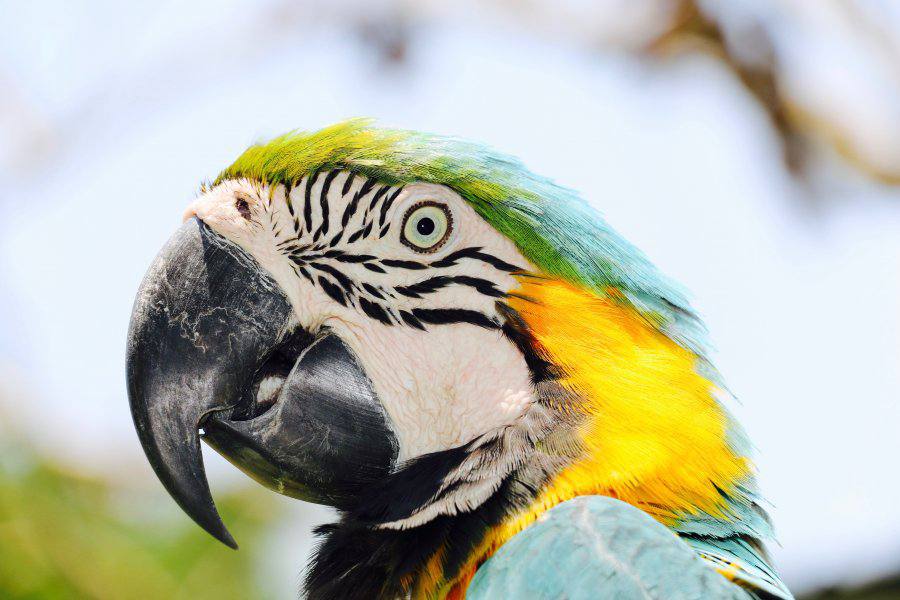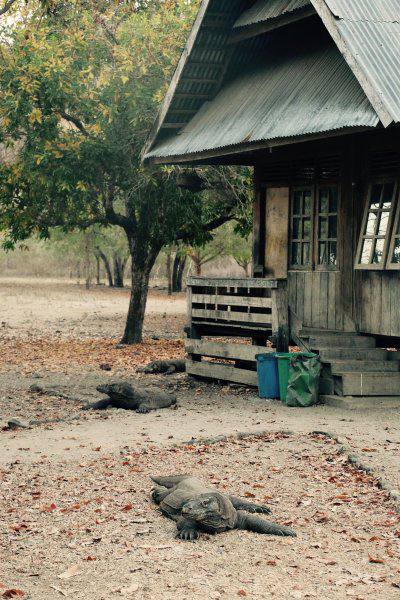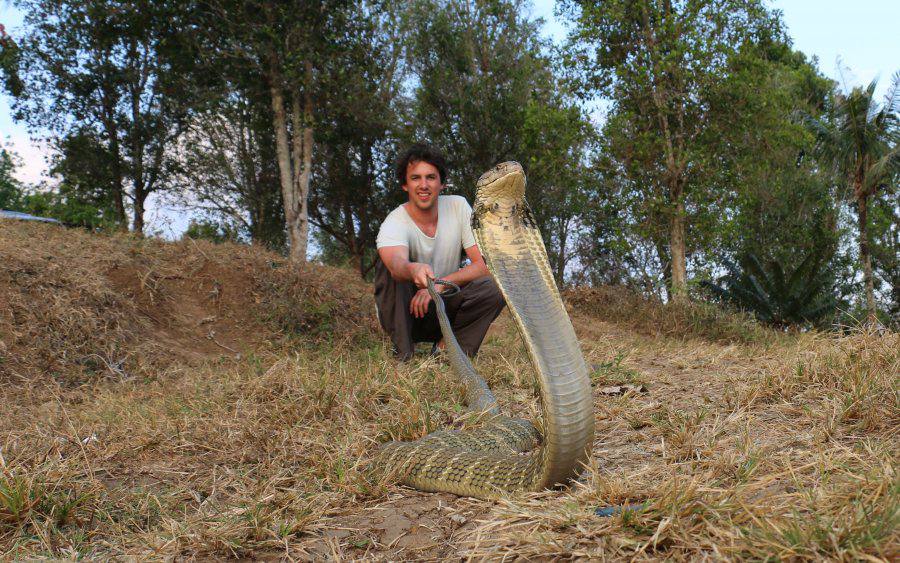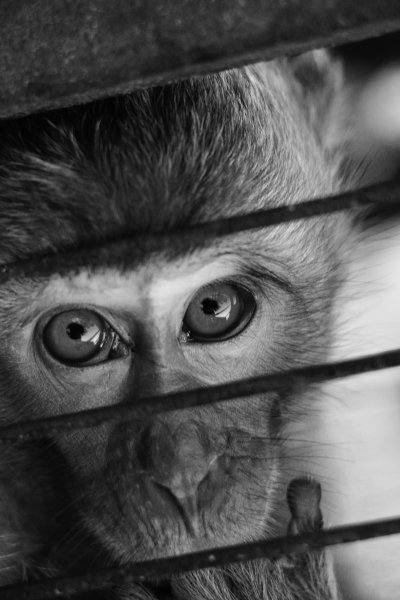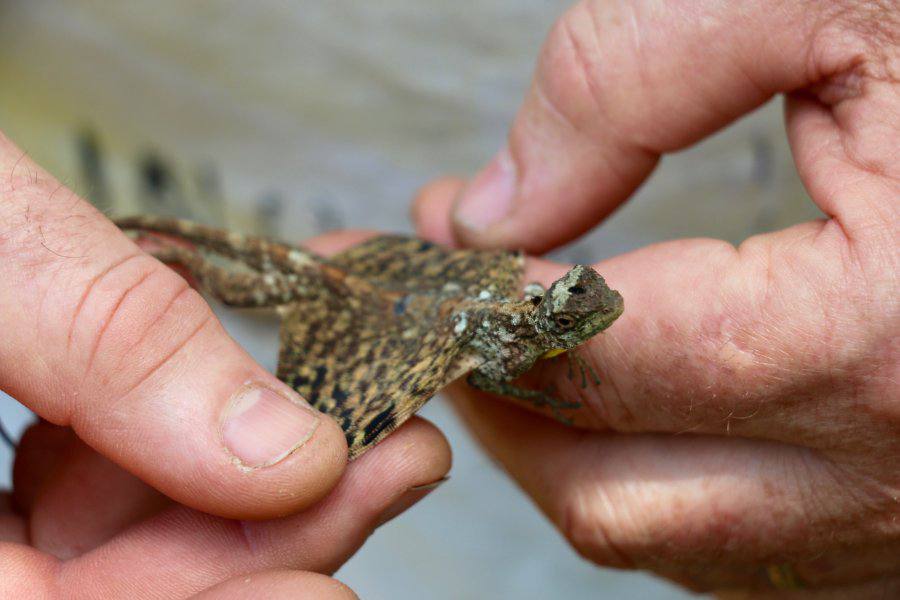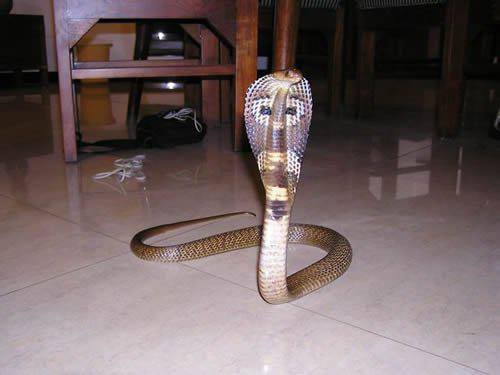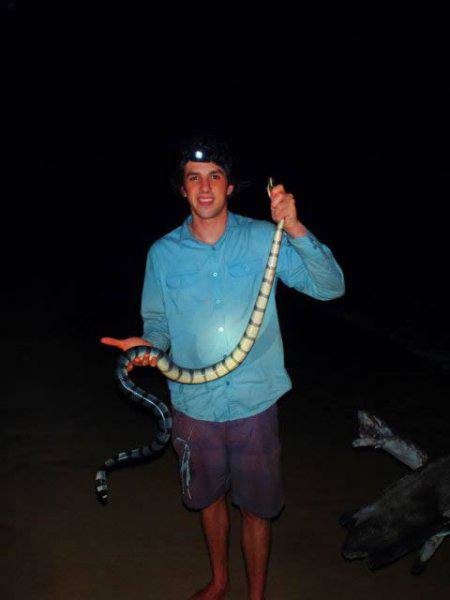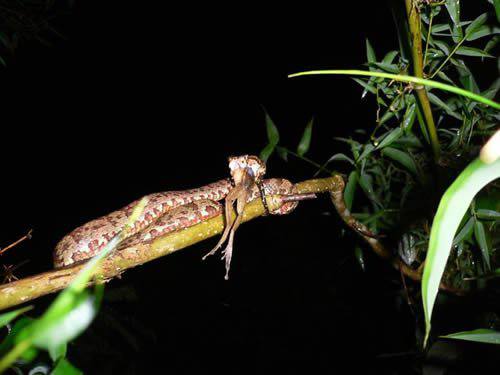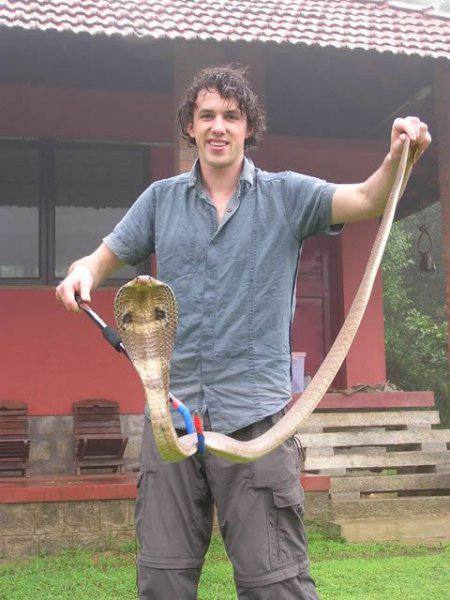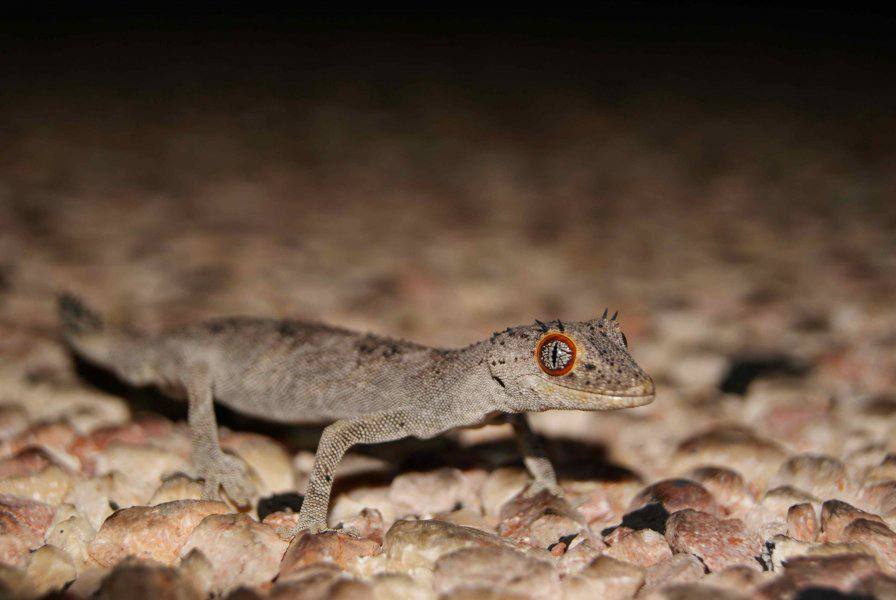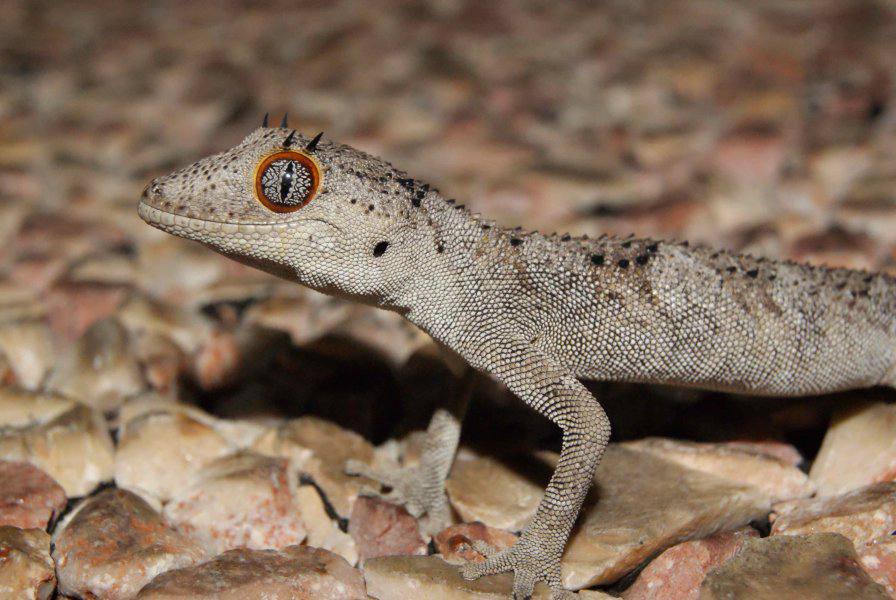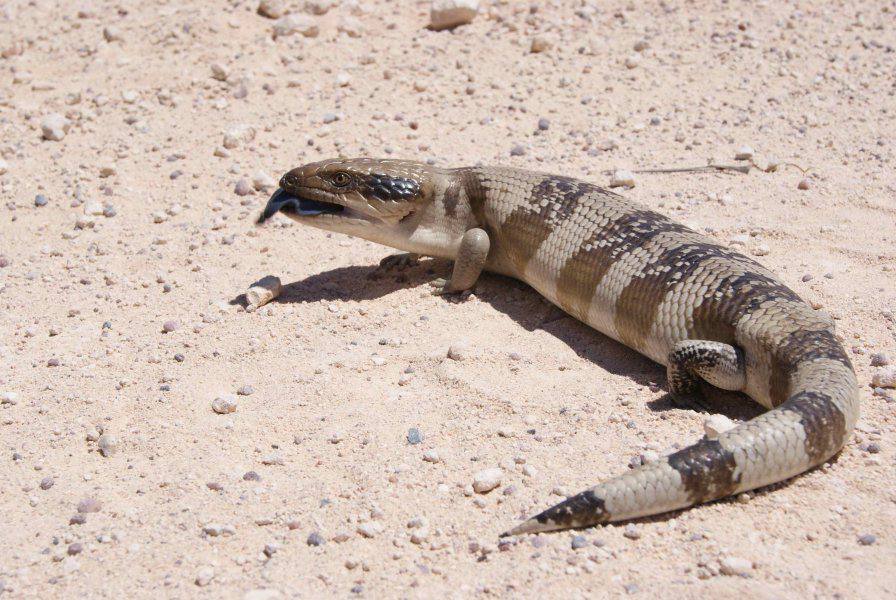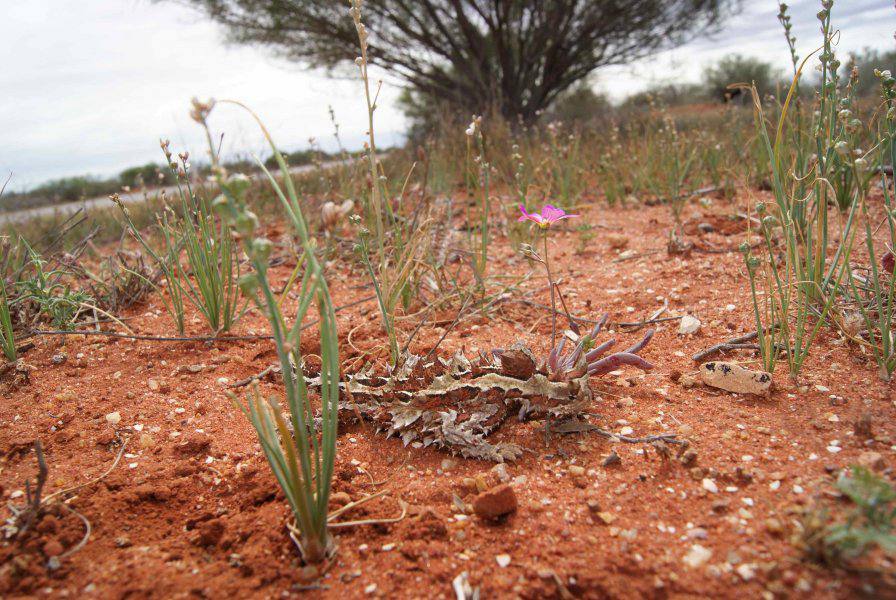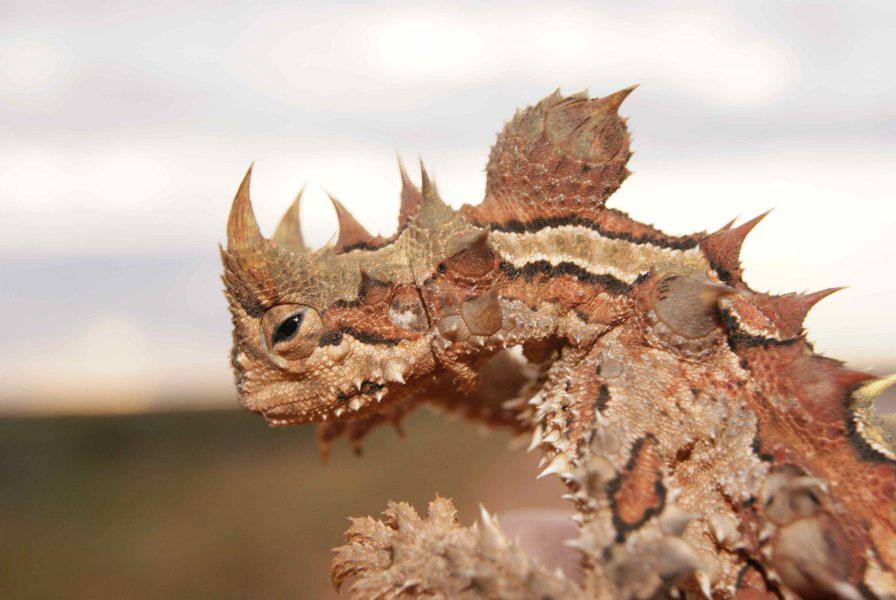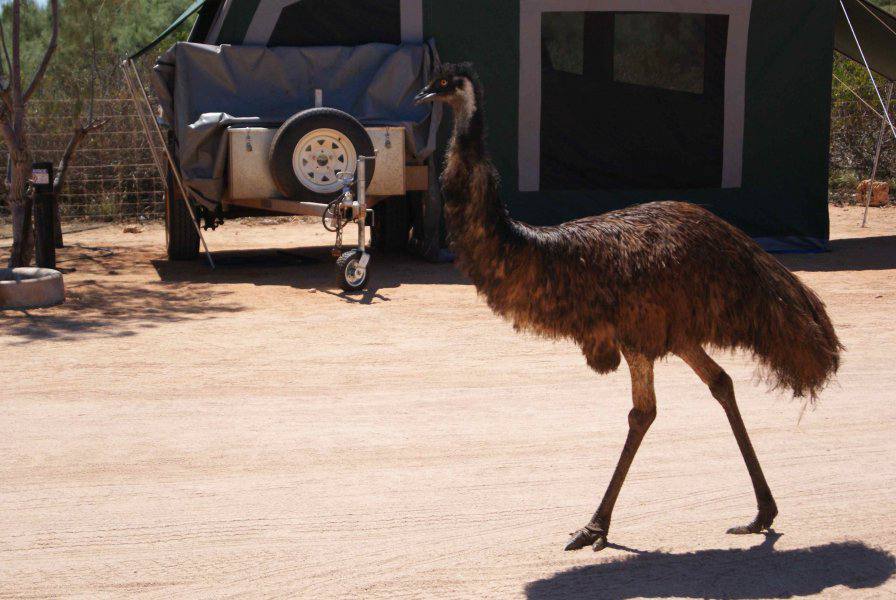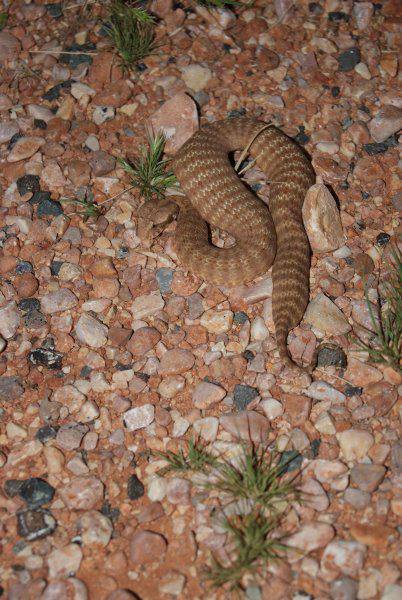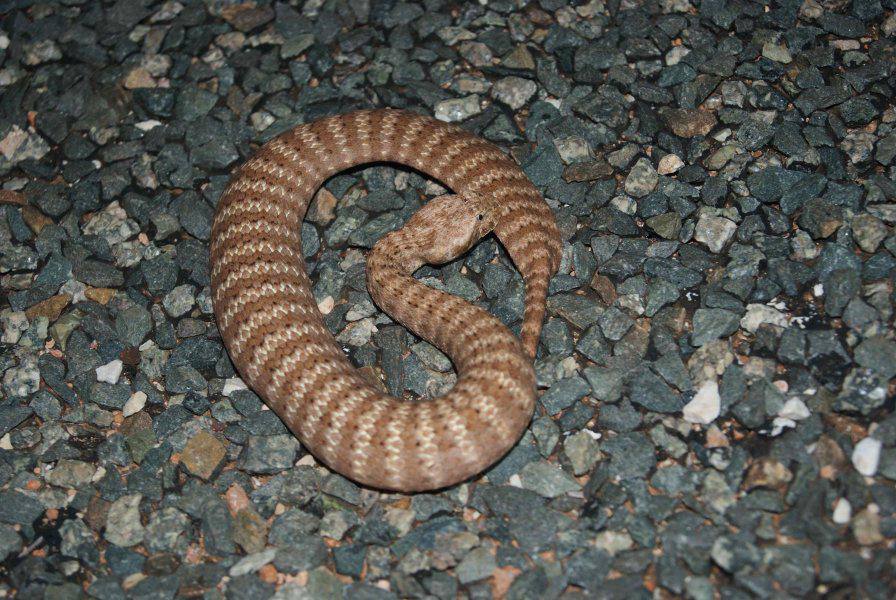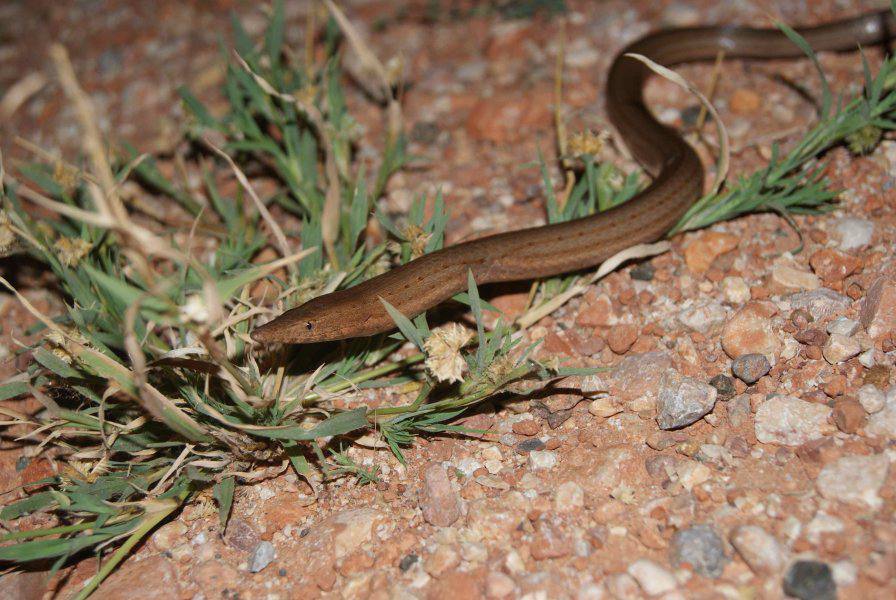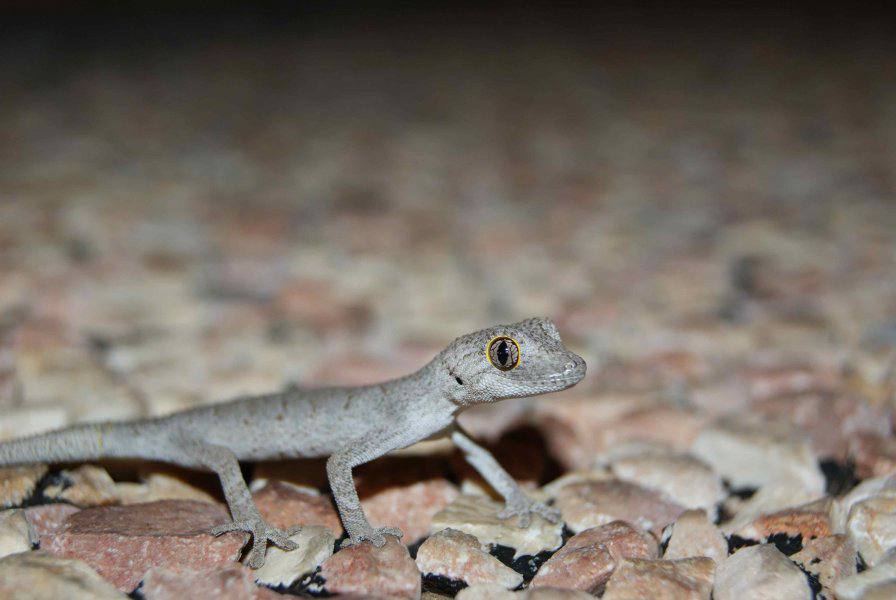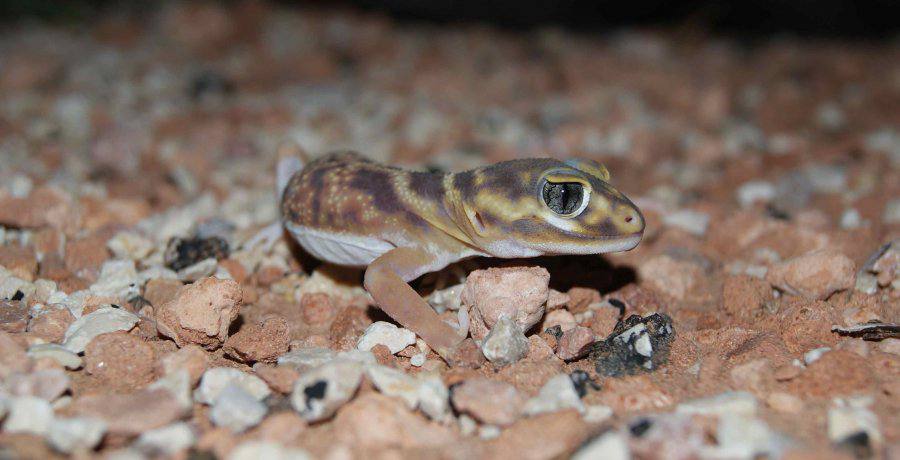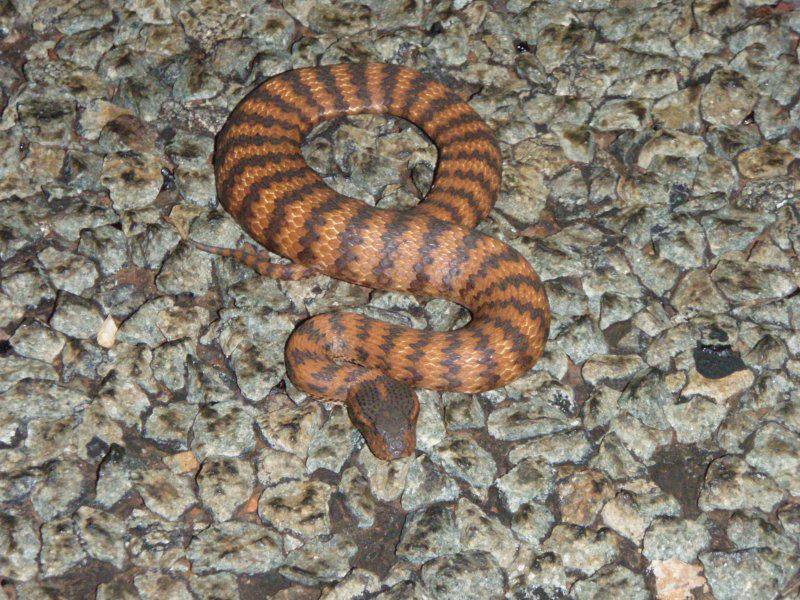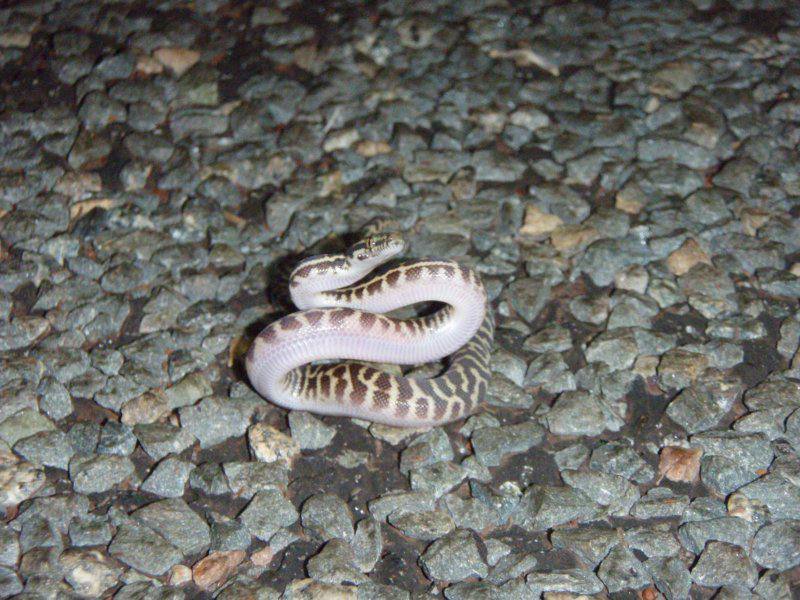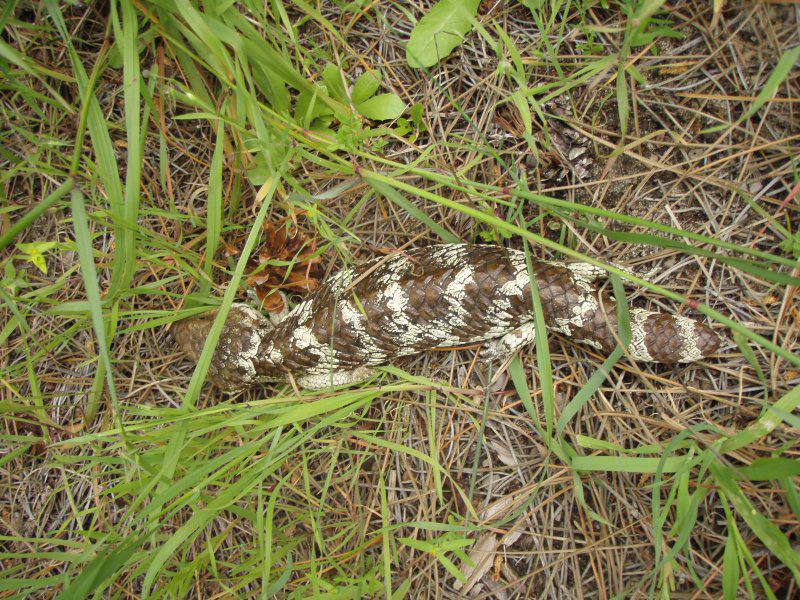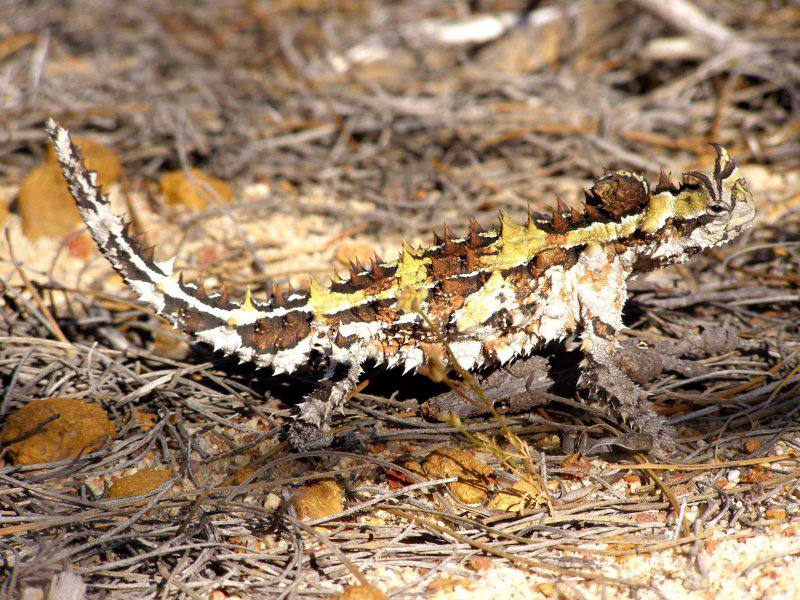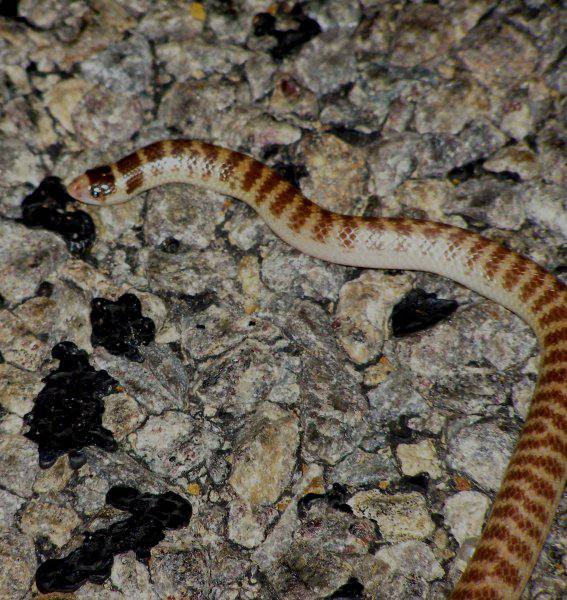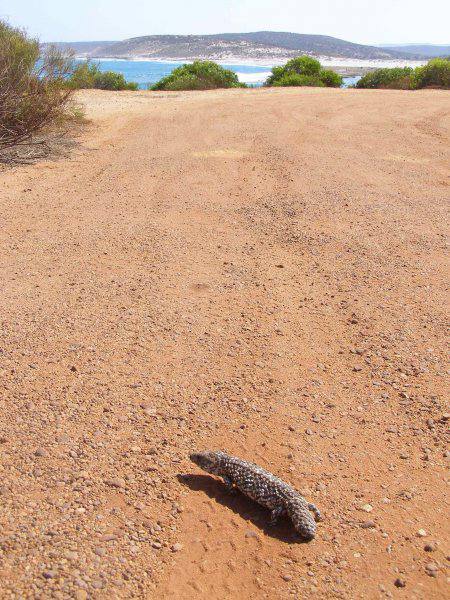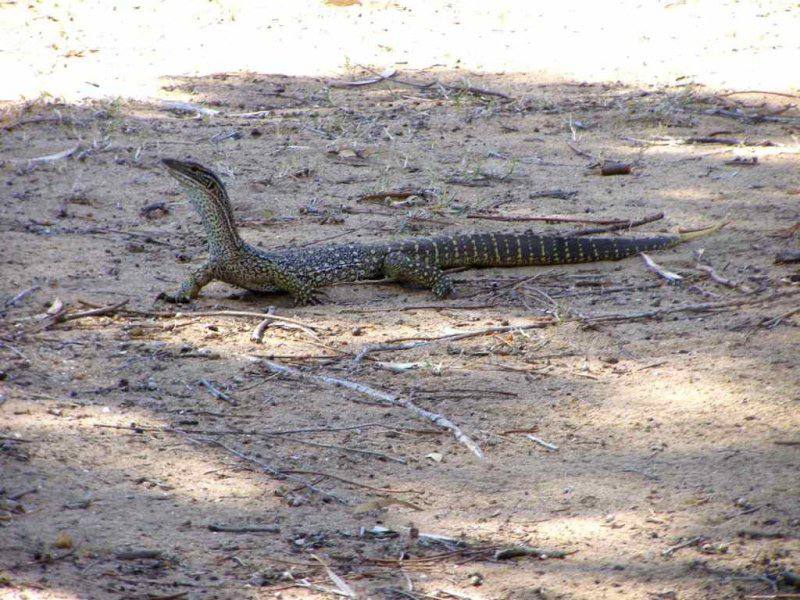Our Unusual Pet Vets have been lucky enough to be involved in some pretty exciting field research projects! Check out some of our recent projects below:
Gyrfalcon Parasites
Whilst in the United Arab Emirates Dr Hamish worked on a project examining the faeces of Gyrfalcons that had just returned from hunting in Pakistan. These faeces were screened for Caryosporaa type of coccidian parasite that can cause the birds to become lethargic, slow and develop diarrhoea. Dr Hamish was involved in trailing a novel treatment for this disease and this research is ongoing into the 2019 hunting season, with more data being collected and examined prior to publishing the results.
Macrorhadbus ornithogaster (megabacteria)
Macrorhabdus ornithogaster (commonly known as megabacteria) is a yeast that inhabits the stomach of birds, causing them to become very skinny and often die. At preset we have very few good treatment options for treating this yeast. Dr Hamish is in the process of unlocking more information about this yeast in order to better understand how we can manage it in birds. He has undertaken a number of treatment trials with medications that are commonly used, but is also growing the yeast in the laboratory and attempting to use new medications to kill the yeast, prior to trialing these in infected birds.
Genetic analysis of the yeast is also being undertaken to try and find the country of origin, and hopefully the source of the yeast so we can better understand its natural growth environment. This research is also uncovering interesting relationships between the yeast that infects different bird species and how these yeasts affect different species.
Indonesia
Dr James was in various parts of Indonesia checking out some of the amazing creatures that reside there including the Komodo Dragons and the King Cobras. A few wildlife parks were also visited.
Houbara Bustard Ocular Parameters
Dr Hamish travelled to Dubai in the UAE in early 2018 to spend four months working with birds of prey. During the time in Dubai Dr Hamish worked on a project examining the eyes of Houbara Bustard, a species of bird commonly kept and bred in captivity in Dubai. These birds were examined for ocular lesions and disease and the normal parameters were collected in order to better understand the anatomy and physiology of these eyes, as well as understanding the diseases that commonly occur in captivity.
India
Dr James was lucky enough to assist Dr Bryan Grieg Fry and the National Geographic film production crew in the making of a documentary looking at the Asia’s Deadliest Snakes. Here are a few of the photos from the trip.
Orthopaedic repair advancement
Dr Hamish is also involved with a project looking at improving the way we repair avian fractures. Specifically fractures of the long bones of birds (wings and legs), in an attempt to bring advanced technologies used in human and small animal fractures into exotic pet medicine.
Western Australia
Dr James has been involved in numerous research trips around Western Australia. These are just a small collection of images from these trips.
Microchipping Skinks in the Wheat Belt
Dr James is involved in a conservation project working with Spiny Tailed Skinks in the wheat belt of Western Australia.

